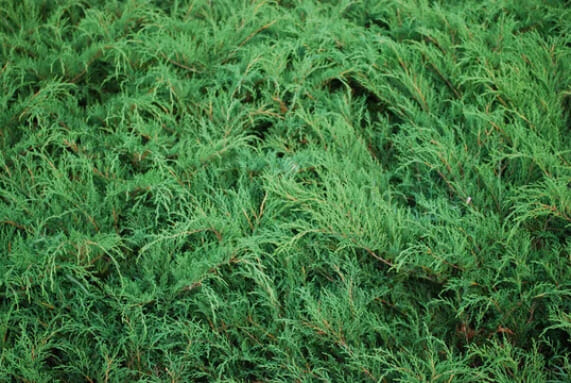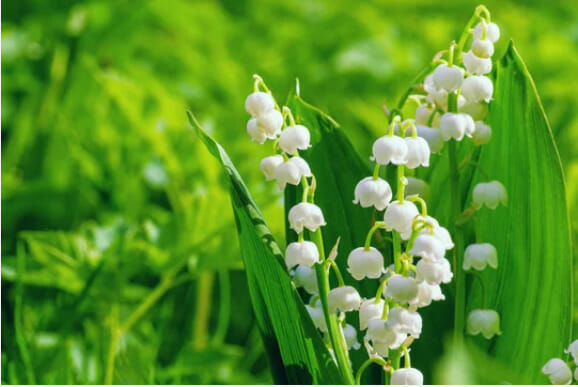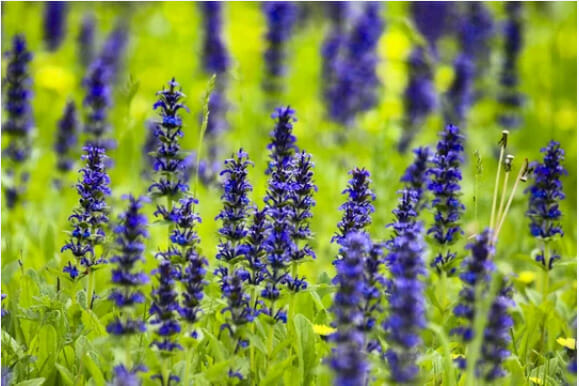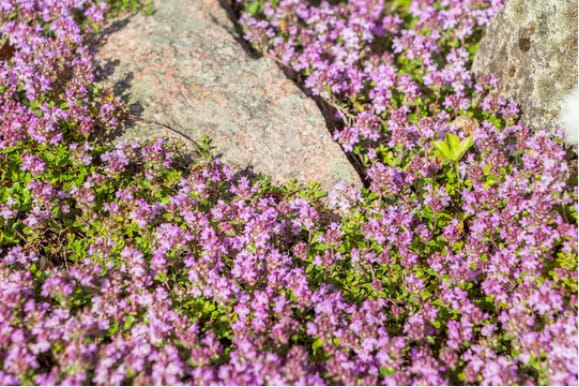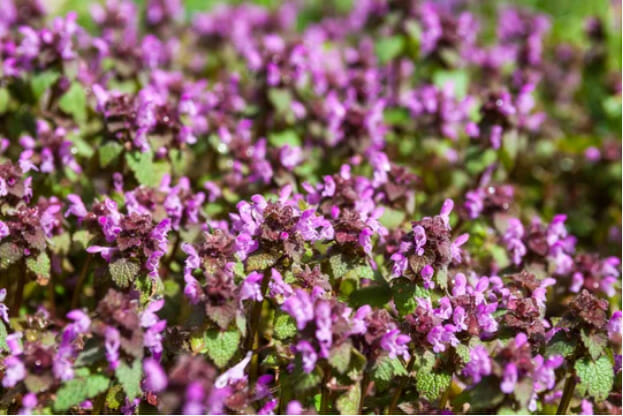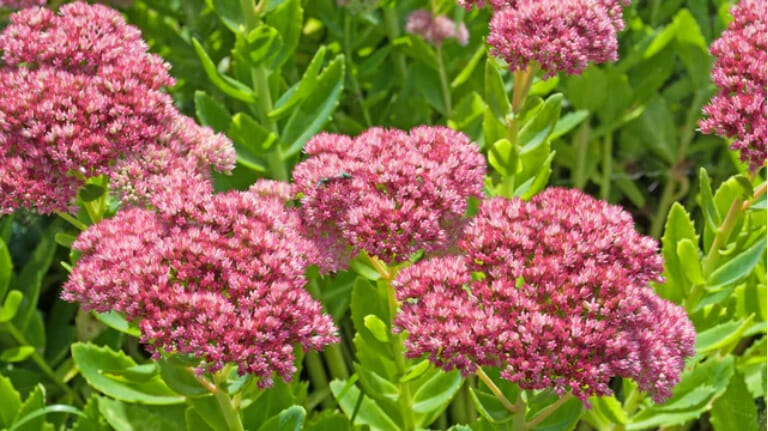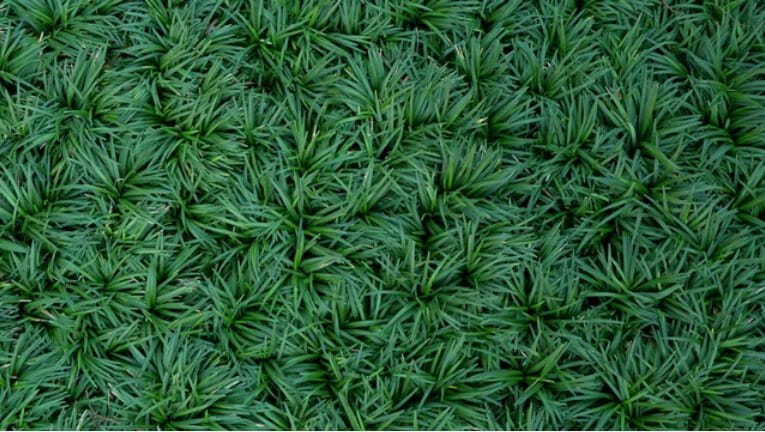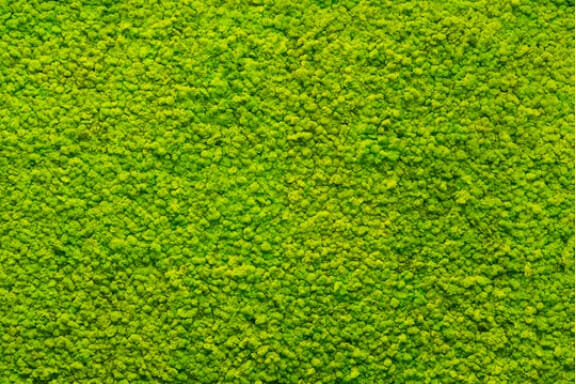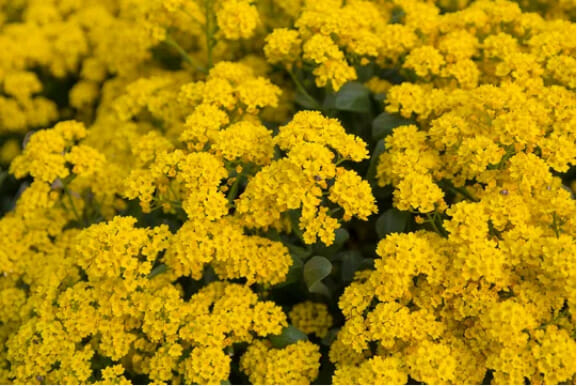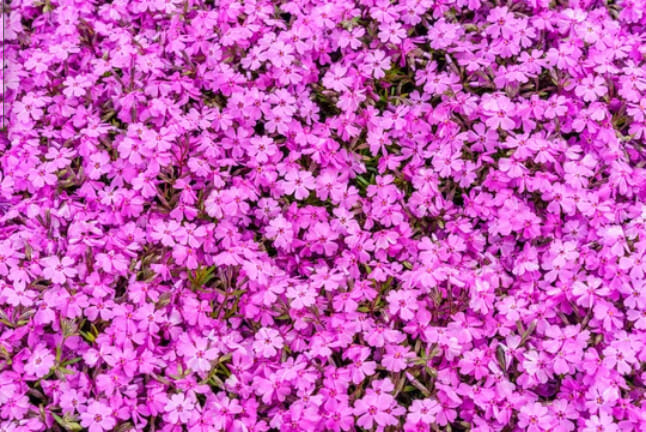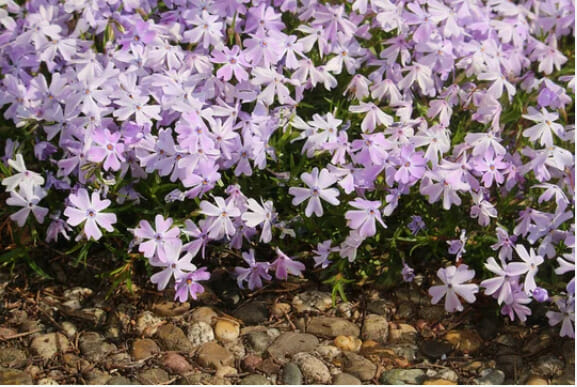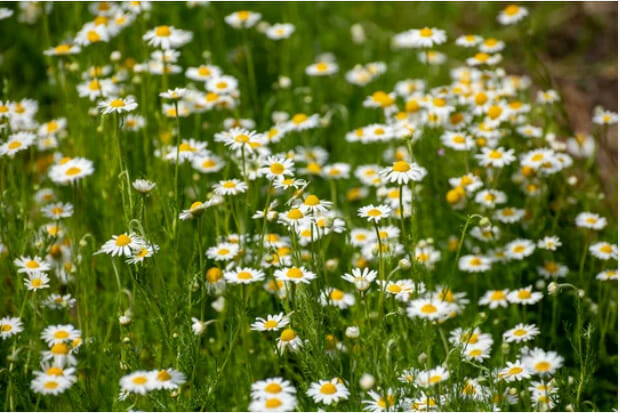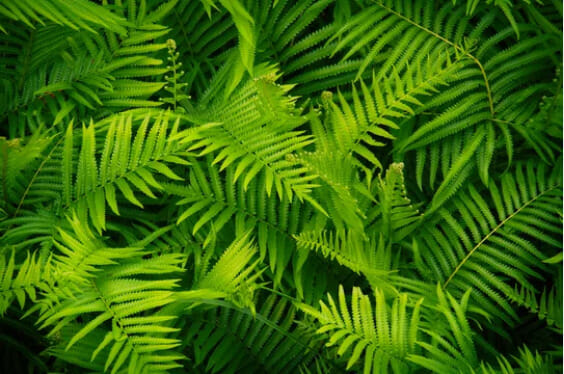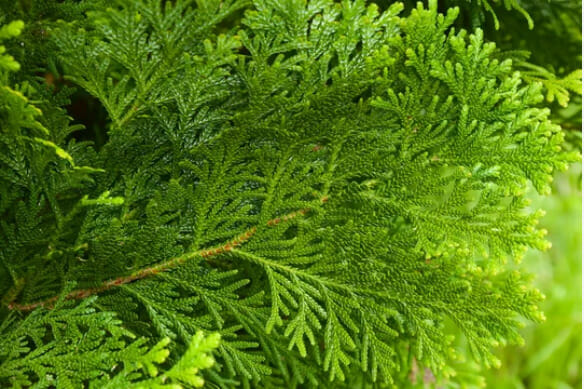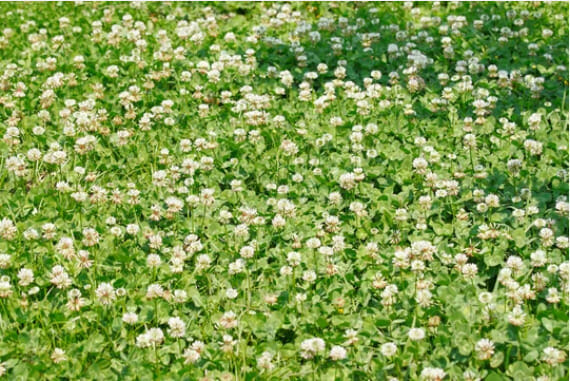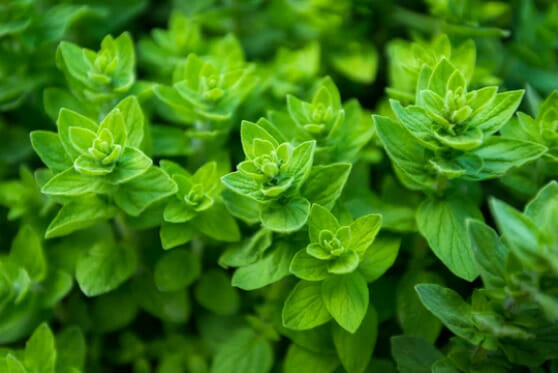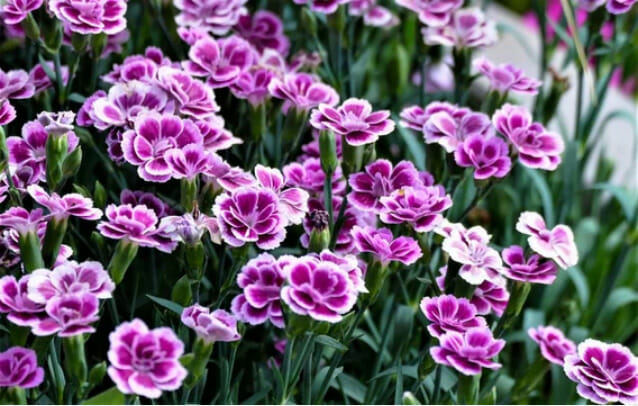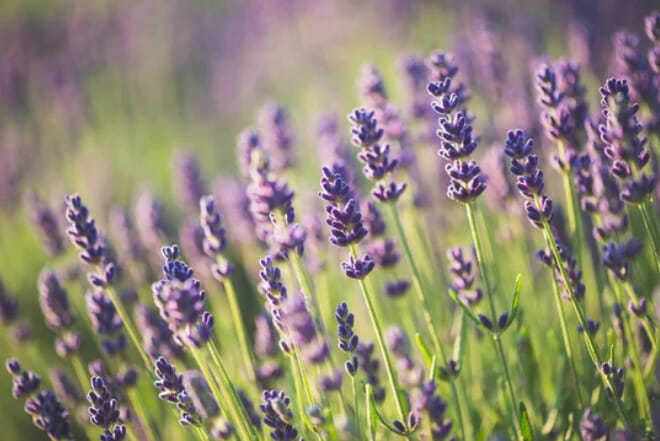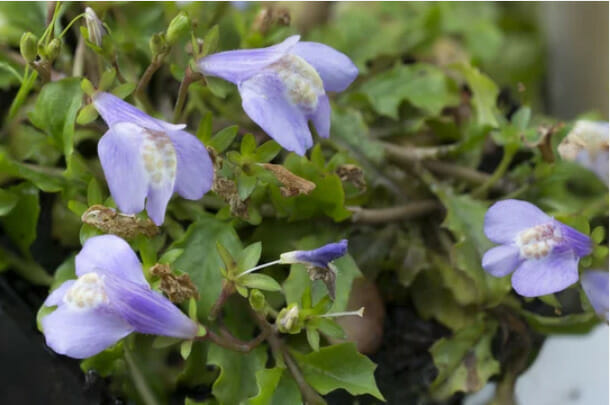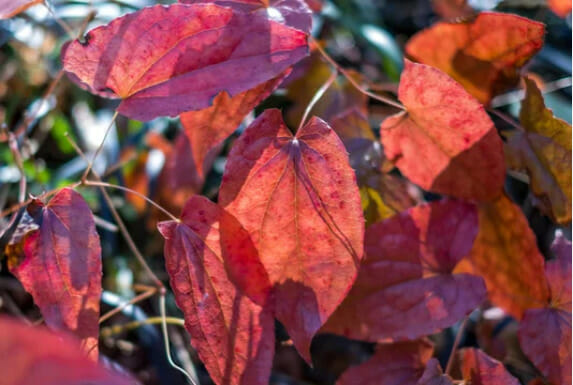Best Ground Cover Plants for Your Yard
No one wants to spend all summer and spring weeding their gardens and lawns. You need a low-maintenance ground cover plant to fill your lawn and eliminate the weeds. You’re in the right place. This guide will help you find your yard’s best ground cover plants.
Besides choking out weeds and giving your garden a lovely cover, these plants have other benefits, such as being used for seasonings and teas. And, while some often remain green with only a few flowers, others blossom during certain periods of the year. Keep reading to learn more about these plants and pick the best one.
What is a Ground Cover Plant?
Ground cover plants include various low-maintenance, low-growing perennials necessary for upgrading your front yard, footpaths, flower beds, and weed control. Not only do these plants add color, but they help to prevent weeds and erosion.
Plus, these plants typically thrive in both sunny and shaded areas. Most can be found in various textures and colors and can be used for several reasons, including weed prevention.
Creeping Juniper
Creeping juniper is a dense evergreen with many different shapes and sizes. It’s tough once established and can tolerate drought and poor soil conditions. Creeping junipers have horizontal branches that create a dense mat to block the spread of weeds.
This plant thrives in full sunlight and, though typically found in the northern hemisphere, can survive anywhere.
Lily of the Valley
Lily of the valley may very well be one of the toughest ground cover plants, but its lovely white bells hanging from strappy green leaves make it as sweet as it can be. This perennial has a sweet scent and spreads easily, so you’ll need to plant it along well-groomed areas like walkways to control its growth.
They have a dense root system that makes them spread rapidly and crowd out weeds to create a plush carpet of lilies that are amazingly resilient and don’t require much maintenance. This plant favors full shade but can handle some early sun.
Ajuga
This perennial has glossy leaves in shades of bronze, chocolate brown, and deep green, making it a great alternative for low-growing lawns that can do well in any weather. Little spikes of purple, pink, white, or blue flowers can be seen in the summer.
The Ajuga plant grows only a few centimeters tall, so the leaves tend to flatten against the ground and provide a colorful ground cover option.
Creeping Thyme
Creeping thyme sends its roots underground to choke weeds and other plants as it spreads. It grows as high as only four inches, which is ideal for lawns. These low-growing plants are covered in white or purple flowers in late spring.
Using these plants for ground cover comes with added benefits. It creates a full, soft, and lush terrain that gives off a lovely scent and can be used for cooking. It does well in full sun.
Dead Nettle
Also known as Lamium, dead nettle is very effective for weed prevention in deeply shaded areas. However, you may have to check with your local extension office before planting them, as they are considered highly invasive in certain areas.
This low-growing perennial has silver-splashed leaves with white, purple, or pink flowers that sprout in early summer and spring. This plant will tolerate some amount of sunlight, although it prefers shade.
Sedum
Sedum is perhaps one of the most versatile ground cover plants for preventing weeds. Their low-growing varieties are especially easy to care for since their plump leaves retain just enough water to survive drought.
Despite their small flowers, sedum has outstanding and colorful foliage ranging from bronze to chartreuse. Though they can only survive in full sun, they look great all year round once established.
Mondo Grass
Mondo grass is known for its vigorous growth. It is popular in southern states with its glossy, strappy green. Nevertheless, this ground cover plant can survive anywhere with partial or full sun. This dwarf shrub grows in little clumps and likes moist soil.
It is commonly known as “monkey grass” because of its growth pattern, drought tolerance, and low maintenance.
Moss
Moss is a great ground cover plant for low-light areas, forming a thick, lush carpet of green. It spreads fast and grows tight to the ground to block sunlight and prevent the growth of weeds. To grow your moss, you can find live moss outdoors and transplant it to your garden or yard.
For larger areas, blend a mixture of moss, water, and buttermilk to make it slurry and spread in your yard.
Sweet Woodruff
This perennial has small white star-shaped flowers contrasting nicely with its deciduous green foliage. However, this plant spreads quickly and out of control if not mowed often. You can also find sufficient water balance to keep them alive without overtaking your yard.
They thrive best in shady spots, particularly under shrubs and trees, and can grow up to 12 inches tall and 18 inches wide.
Yellow Alyssum
Commonly called “basket of gold,” yellow alyssum is a low-lying perennial plant that sprouts small yellow flowers in clusters on straight stalks between April and May. It has attractive blue-gray leaves and is surprisingly popular as a ground cover plant that requires little or no maintenance.
These plants thrive in full sun and good soil. However, the yellow alyssum is a beautiful alternative to prevent weed growth in your yard once established.
Phlox Subulata
This plant, also known as Moss Phlox or Creeping Phlox, forms a thick mat with fluffy white or purple flowers to create a stunning look with cloud-like formations. Its carpet of flowers is so dense as to block sunlight and eliminate weeds.
Creeping phlox does well in well-drained soil and sunny areas, though they can tolerate clay if properly cared for. However, if the area is overly shaded or moist, try Phlox Stolonifera (tufted creeping phlox) instead.
Phlox Stolonifera
Unlike its Subulata variety which prefers the sun, this phlox thrives in shaded areas. It’s also less cloud-like, with its flowers more spaced out and more greenery than the Subulata. Nevertheless, this plant works as an amazing ground cover, eliminating weeds with its density and runners.
Chamomile
Available in an annual or perennial variety, this bushy plant blooms with adorable daisy-like flowers. It thrives in full sun and requires frequent trimming to keep it from taking over your yard. As an added benefit, its flowers can be used fresh or dried in teas or salads.
Related Articles
25 Best Deals for the Holidays – Gift Guide 2022
Fern
Ferns are available in different sizes, shapes, and colors and make a lovely ground cover when planted in groupings. It requires complete shade and moist soils and tolerates drought once established.
Siberian Cypress
This cold-hardy evergreen comes from Siberia and has fern-like foliage that turns into a cute bronzy color in colder weather. To prevent erosion, you can plant it in large groupings along the house’s foundation or on a hillside. It thrives in full sun.
White Dutch Clover
This popular ground cover alternative resembles grass and is indistinguishable until you look closer. It grows very low and aerates your soil while suffocating weeds.
Though it’s mostly green, it produces white flowers to attract pollinators. It’s a great option if you’re not looking for a ground cover that’s bright and flowery.
Oregano
Oregano is a well-known herb from the mint family that has been used for many years to add flavor to food and treat health conditions. You may not have considered this plant a ground cover, but it creates thick clumps of scented foliage.
In the summer months, this herb grows small flowers with full sun to attract many pollinators. You can manage its growth by trimming it often while sniping some for your delicacies.
Dianthus
The dianthus plant is also known as pinks because they’re mostly pink in color, and their petals look fringed as if you took pinking shears to their edges. This perennial ranges from low-growing ground cover to 2-feet-tall cut flowers that are a florist’s favorite.
The quintessential cottage flower, this ground cover plant is adored for its blue-green, grasslike foliage and bountiful starry flowers, which mostly have a spicy fragrance.
Lavender
This perennial has a strong, sweet scent with lovely blue or purple flowers that look amazing when planted en masse. Lavender is a bushy plant from the Mediterranean. Its foliage remains green throughout the year in warmer regions and thrives in full sun and well-drained soil.
Besides being an aromatic plant, studies suggest that lavender may help to relieve stress, high blood pressure, asthma, and chronic pain.
Mazus Reptan
Native to Asia, this tiny perennial is a great quick-growing ground cover plant that can significantly impact your yard. Since it grows to a maximum height of 2 inches, it requires little or no maintenance.
Mazus reptan thrives in sunny areas but also favors partial sun. Its small blue flowers are scattered across plush green foliage and spread quickly by creeping stems rooting at the nodes.
Epimedium
Epimedium, also called barrenwort, bishop’s hat, or horny goat weed is a medicinal herb used to treat health conditions like hay fever and erectile dysfunction. Its flowers look like fairy wings in early spring. This perennial is cold-hardy, favors partial shade, and can tolerate drought once established.
Conclusion
When deciding on the best ground cover plant to prevent weeds in your yard, there are several considerations. So, you must understand them to make the right choice.
Where would it be planted? Would there be sufficient sunlight? Does the plant require sunlight? How much water does it need? Is it invasive, and would I need permission to grow it? How would it affect other plants that aren’t weeds? Answering these questions could mean finding the right ground cover plant for you.

